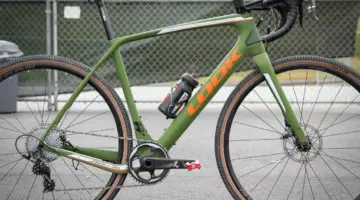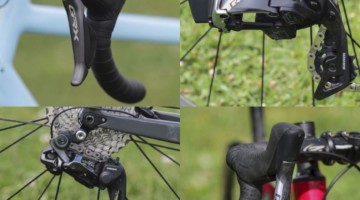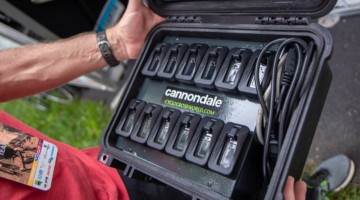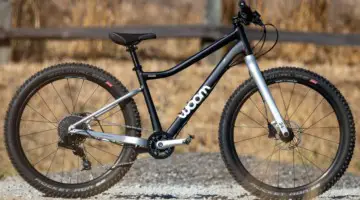by Alex Leanse
In a sport where new standards and features are the norm, it’s sometimes nice to test a product that has withstood the test of time. With a design dating back to 1917, the Silca Pista joins the SKS Rennkompressor in a collection of classic pumps available for generations of cyclists. However, the Pista is far from irrelevant—the refined model delivers modern performance while retaining the style, quality and durability that made the original legendary.
Felice Sacchi founded Silca in a town outside Milan, Italy in 1917, and the company has produced pumps and developed new technologies since then. In 2013 American Joshua Poertner purchased the company and the next year moved Silca’s headquarters and plant to Indianapolis.
Silca makes its pumps with a full metal construction, wood handle and Continental rubber hose. With 100 years in the business and thanks to the parts the company uses, finding Silca pumps 40+ years old is not uncommon. If something does break, it still offers replacement parts for several generations of its pumps.
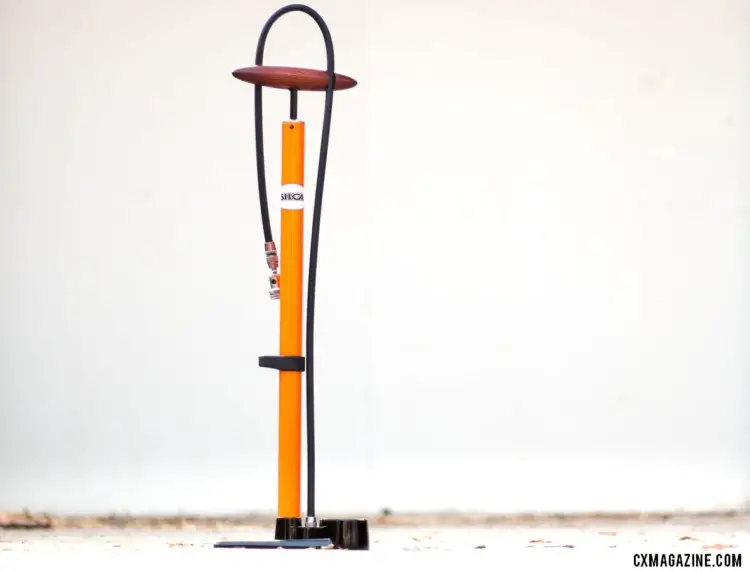
Generations of cyclists have used the Silca Pista pump. The current model retails for $125. Silca Pista floor pump. © Cyclocross Magazine
Silca Pista Pump
The Pista is Silca’s entry-level product—we previously looked at the higher-end SuperPista Ultimate LP—but at $125 it’s a pricey accessory when other pumps sell for much less. Inflating a tire with the Pista reveals some of the quality you get for the price. The build is solid and without any of the rattles or play found in lower-quality pumps. Every part seems carefully assembled, and the unit feels solid and heavy in the hand.
Although the Pista has been around for generations, Silca has updated it for modern times. Improvements include a more precise gauge, a CNC-machined ash handle, steel barrel and bigger (although still small) base than earlier versions. Classic details remain, including the useful tube keeper in the handle and leather piston washer. Silca has also paid attention to the pump’s aesthetics. The bright paint, handsome wood and subtle branding give the pump a timeless look.
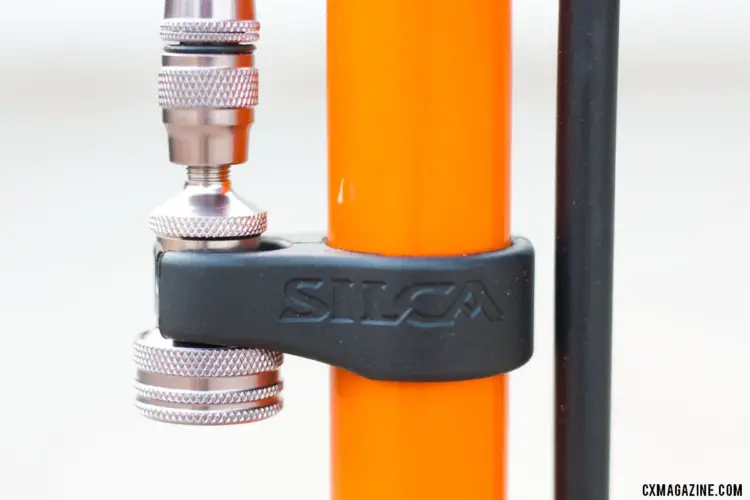
The Pista has classic design features such as this holder for the valve chuck. Silca Pista floor pump. © Cyclocross Magazine
The Pista’s pumping action is smooth and consistent, with pressure output from the very top of the stroke. The gauge seems reasonably accurate, although with a 220 psi maximum it’s not ideal for dialing in high-volume, low-pressure tubeless tires.
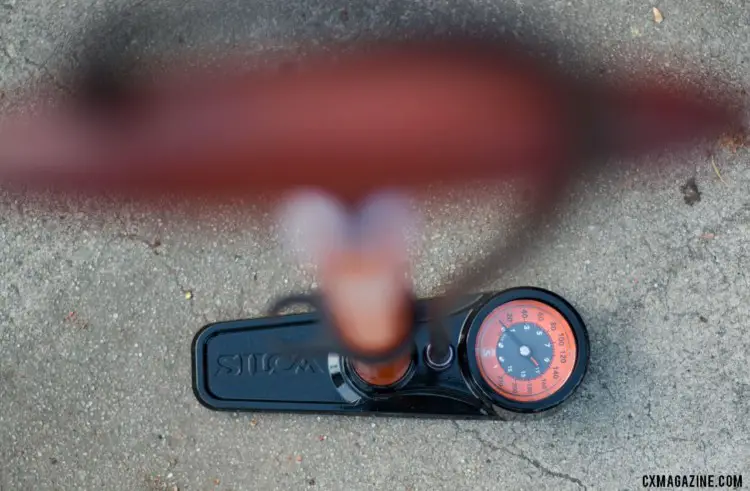
The gauge on the Pista goes up to 220 psi, which creates some challenges for low-pressure setups. Silca Pista floor pump. © Cyclocross Magazine
While it packs flat and is more portable than some floor pumps, the Pista’s small foot means it’s not as stable and topples over easily. The machined stainless Presta chuck feels tough, but its rubber gasket is extremely tight and requires a firm pull to get off, which is not ideal when sharp cassette teeth are inches from the back of your hand.
Speaking of hands, the Pista’s handle is iconic, but it’s also a bit cramped for two-handed efforts. The days of holding a well-worn brass chuck on a valve and pumping with one hand are in the past, and after decades of using longer handles, I think most cyclists long for more handle.
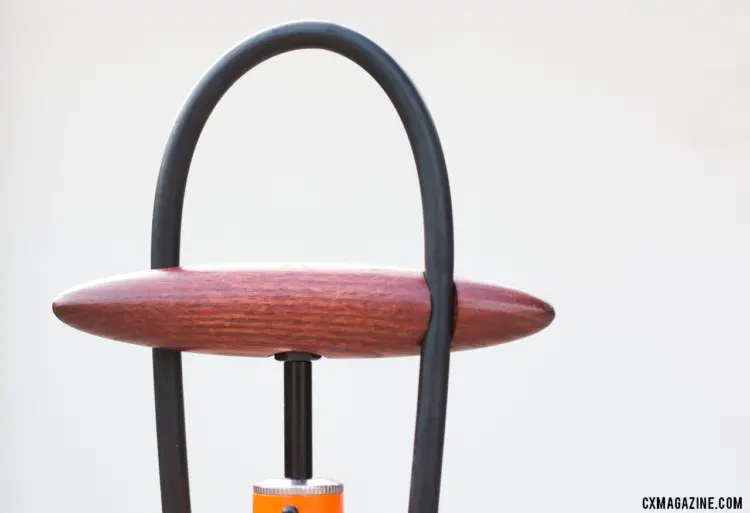
The wood handle features a cut out for help storing the hose. Silca Pista floor pump. © Cyclocross Magazine
At $125, the Pista costs twice or even three times as much as cheaper alternatives. However, Silca’s track record suggests the materials and American manufacturing of the Pista will last longer than many cheaper alternatives. The construction also makes it a showroom-quality piece with a timeless appeal that stands out in a latest-and-greatest world.
Silca Pista Floor Pump Specifications
Price: $125
Max Pressure: 220 psi
Gauge Accuracy: +/- 3% (claimed)
Construction: Steel barrel, ash handle, Continental rubber hose
Valves: Integrated Schraeder chuck, push-on alloy Presta chuck
More info: silca.cc
Photo Gallery: Silca Pista Floor Pump

























